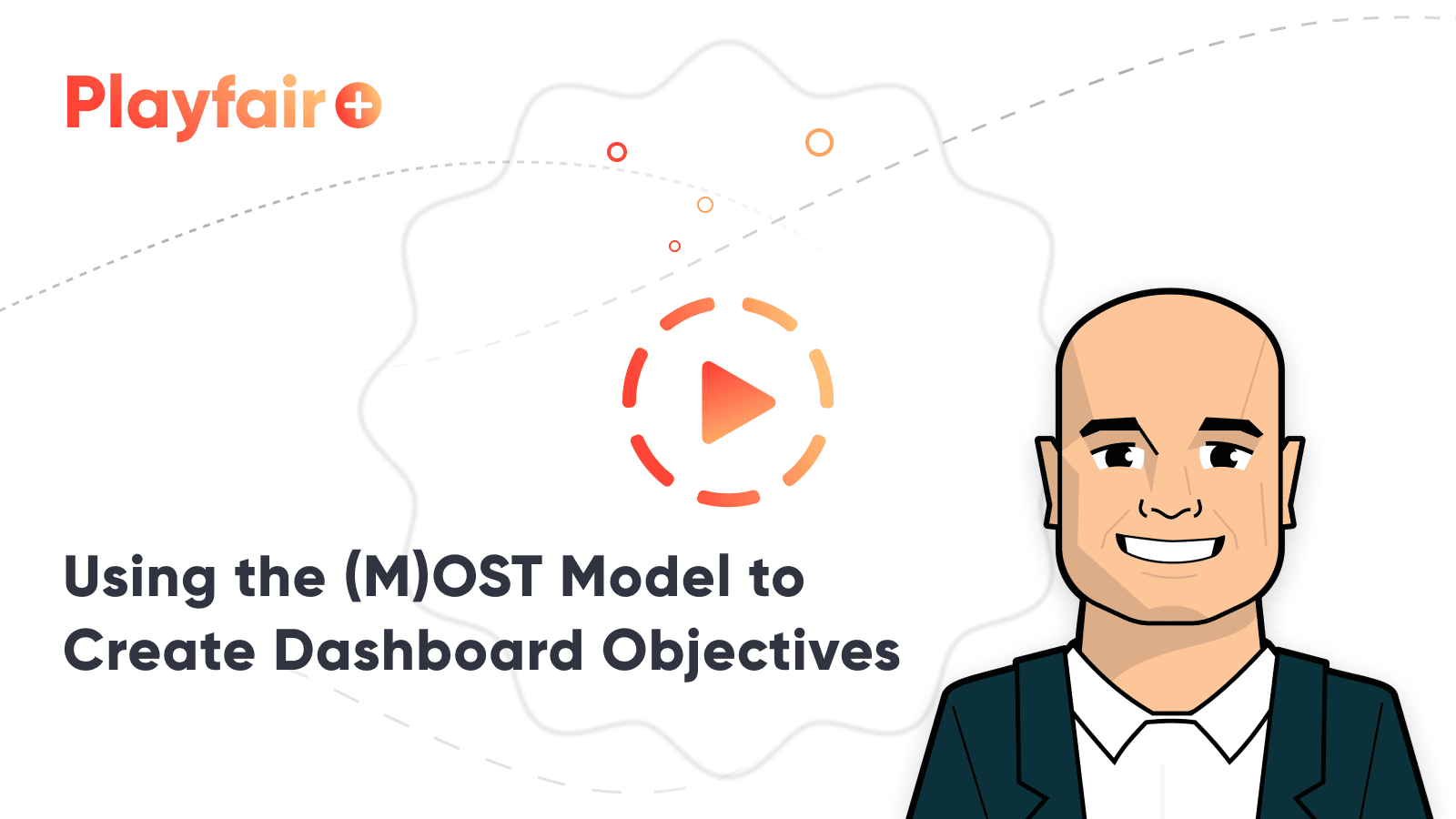Vital Question 2: What is the Measurement of Success?
My second of two “vital questions” is more practical than understanding your audience, but I’m surprised how often it is overlooked: What is the measurement of success? If you don’t know the objective of the strategy at hand, how do you know what to look for in your analyses? How do you know which insights to share with your stakeholders? If you find your end users asking the dreaded, “So what?”, it is likely that you are not aligned on the objectives of the business. When this is the case, they do not know how to apply your insights in an actionable way to help the business improve.
Understanding how success is measured will lead you to relevant business questions that should become the focus of your dashboards. Knowing the answer to this question will help you in all phases of your analytics and should be considered before opening Tableau. This post will discuss the OST model, provide some examples of measurements of success, and show how I translate these into core aspects of my dashboards.
Using the (M)OST Model to Create Dashboard Objectives
The MOST model
I was introduced to strategy with the OST model, which stands for Objectives, Strategies, and Tactics. Some businesses also consider the overall mission of the business in this model, but being that a mission almost never changes, we’ll start with objectives. Objectives are often defined as goals with SMART criteria (Specific, Measurable, Attainable, Relevant, and Time-limited), but to simplify, I think of them as the measurement of success.
Examples:
O1: Improve customer satisfaction by X% by the end of Q3.
O2: Reduce manufacturing defects on the assembly line by X% by the end of the year.
O3: Raise awareness of our product in the X age group in time for the holiday shopping season.
O4: Gain X% of market share by the end of next year.
O5: Increase sales in the X region in time for our big conference event next summer.
It is critical to understand the objective because it provides the direction to ensure all of your stakeholders are pulling in the same direction.
Beware that this is very powerful! Your stakeholders will be optimizing against your objectives so they should be carefully thought out and you should keep an eye on whether you have competing objectives that are hurting each other.
Strategies are the general approaches used to help achieve your objectives; here are some examples:
S1: Improve our customer experience.
S2: Reduce employee fatigue.
S3: Increase advertising spend.
S4: Gain a technical advantage.
S5: Make existing marketing more targeted.
Tactics then ladder up to strategies. They are specific actions taken to execute a strategy; here are some examples:
T1: Provide an email training program to ensure customers know how to use the product.
T2: Cap the number of hours employees are working on the assembly line to improve focus.
T3: Purchase airtime on a television / radio station popular with the X age group.
T4: Hire a new engineer or acquire a company with the technology to help set our offering apart.
T5: Target paid search and display campaigns to X region leading up to the conference.
How I translate MOST into dashboards
Each objective will likely create one to three business questions that should be the focus of a dashboard. It is also effective to simply state the objective instead of posing them as questions, but I find positioning objectives as questions creates more actionable answers. Every individual worksheet on a dashboard should be related to answering a business question and/or helping determine whether you are on track to achieve your objective.
For this reason, you will see many of my Tableau Public visualizations start with a single question, and this is also an approach I try to incorporate into my client dashboards whenever possible. When you can ask one question at a time, you give the dashboard focus and it is intuitive to your end user what they should be looking for even if you are not there to explain it to them.
For example, if my objective is “Improve customer satisfaction by X% by the end of Q3”, I may open the dashboard with, “How can we improve customer satisfaction by X% by the end of Q3?” or “Which tactics are helping us achieve our objective of improving customer satisfaction by X% by the end of Q3?”.
This leads to a couple of obvious items we need to track:
– What percent of our customers are satisfied?
– What percent of customers were satisfied before?
– How much time do we have remaining to improve customer satisfaction?
For each of these trackable items, I would then apply them against each of my tactics to analyze what’s working best. If you are using SMART goals, which have a component for time limitations, you may benefit by reading my tutorial, Introducing Pace Charts in Tableau.
Thanks for reading,
– Ryan
Related Content
Vital Question 1: Who is the Audience?
I’ve always believed that it is not enough to master the tactics of Tableau and data visualization if you neglect…
Ryan Sleeper
Connect with your audience to improve the chance of action It doesn’t matter how good your data visualization is, how…
Introducing “Gap” Charts in Tableau
In Practical Tableau, we introduced the concept of a pace chart, an alternative bullet graph that normalizes progress to goal…


